History in the making from The Rover News October 1963
The introduction of a new Rover car is always an event of considerable interest, perhaps because it occurs less frequently than in most other manufacturers. The recent announcement of the new Rover 2000 has even greater significance than ever because not only is the car entirely new, having no parts common to other Rover Models, but it spearheads Rover’s re-
Possibly the most advanced feature of this car is the method of body construction. The body panels of the Rover 2000 are assembled around a base unit on to which all the chassis components, electrical equipment and ancillaries are first mounted. At this stage the vehicle is in skeleton form but mechanically complete. It is driven and tested. The individual panels, doors and roof are then attached to the structure as separate items.
All base units and body panels are carefully aligned and then jig drilled, allowing no possible variation in the location of attachment points. Consequently replacement of any panel damaged through accident is quick precise and perfectly straightforward.
The base unit construction of the Rover 2000 combines light weight and great strength. The box section steel bulkhead between the engine and passenger compartments is particularly robust and it is this rigid section that takes through coil springs, the stresses and reactions of the independent front suspension units.
A short remote control gear lever fits the hand naturally and encourages full use of the car’s four speed, all synchromesh gearbox.Power for the new Rover 2000 comes from an entirely new four cylinder engine of simple, robust, single overhead camshaft layout. An excellent power output of 90 bhp. (installed) is developed at 5,000 rpm. and this is combined with extreme economy of operation. At a steady 50 m.p.h. the Rover 2000 returns figures of 36 miles per gallon. The overhead camshaft design also gives the engine a wide range of speeds up to a maximum of 6,000 rpm. Cruising in the upper nineties is easily obtained.The front suspension is independent with the coil springs mounted horizontally. All the ball joints are sealed against entry of dust and water.
Rear suspension is of the de Dion type sliding tube, specially developed by Rover engineers for the 2000. It shares with the beam axle the advantage that the rear wheels always remain parallel, but not the disadvantage of excessive unsprung weight. It also possesses the smooth and stable ride of independent rear suspension without the disadvantage of wheel misalignment and consequent heavy tyre scrub.
To give effective stopping power, Dunlop disc brakes are fitted front and rear, mounted inboard at the rear. Servo assistance is provided for easy pedal operation.
The 2000 has been designed to run on radial-
In planning the driving compartment of the 2000, Rover designers have combined the practical with the aesthetic. The facia is finished in African Walnut grain and instruments are grouped in a single rectangular panel, clearly visible through the two-
The Rover 2000 offers a high degree of comfort. At the rear, passengers sit in two well-
Front seats are also particularly designed for high-
The spare wheel is normally mounted vertically on the left-
All this adds up to the fact that the elegant new ROVER 2000 is one of the safest and most interesting cars to be introduced for many years.
MGBD extend thanks to B.M.I.H.T. for the use of text and images which originally appeared in the October 1963 edition of Rover News, produced and published by the Publicity Department of The Rover Company Ltd.
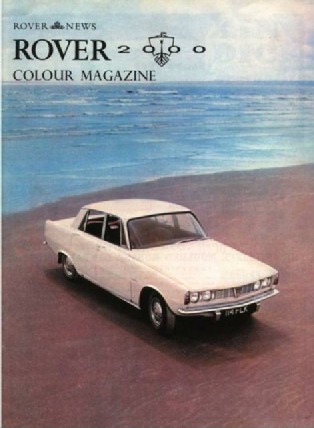
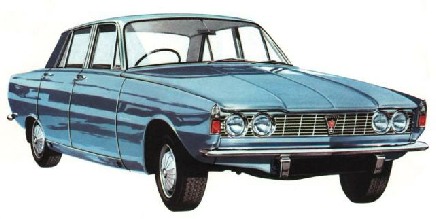
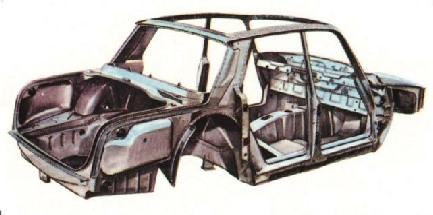
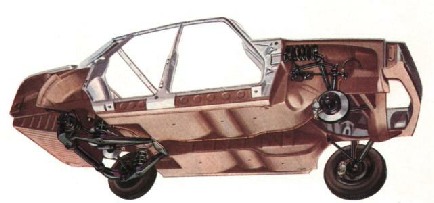
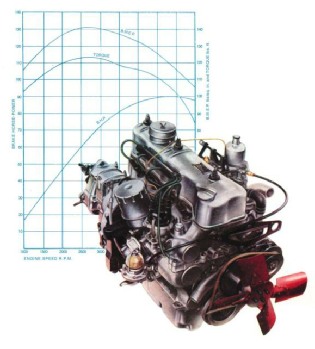
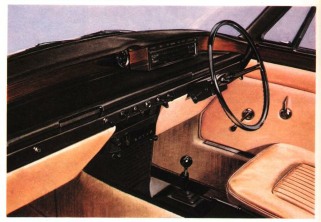
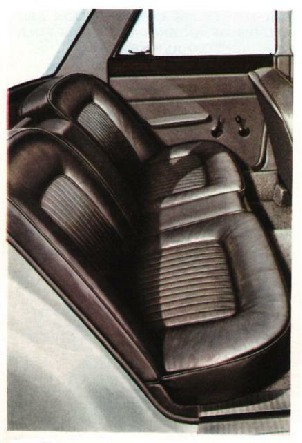
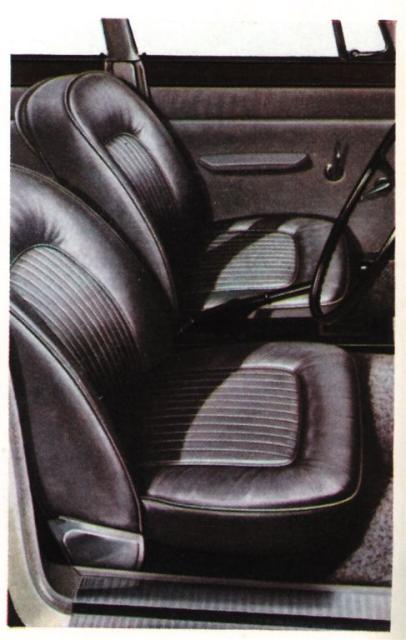
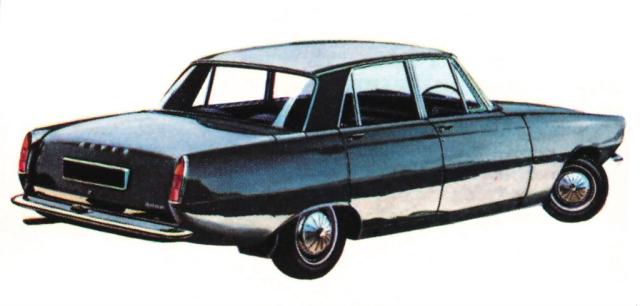
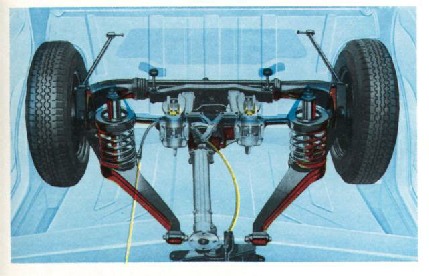


In the beginning there was an idea, a project, then came a design and finally in 1963 The Rover launched Rover 2000 or as we know it Rover P6. This extract is taken from Rover News of October 1963 and is reproduced courtesy of British Motor Industry Heritage Trust.